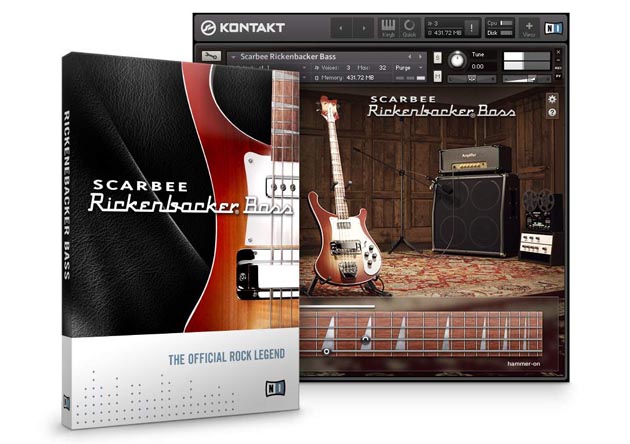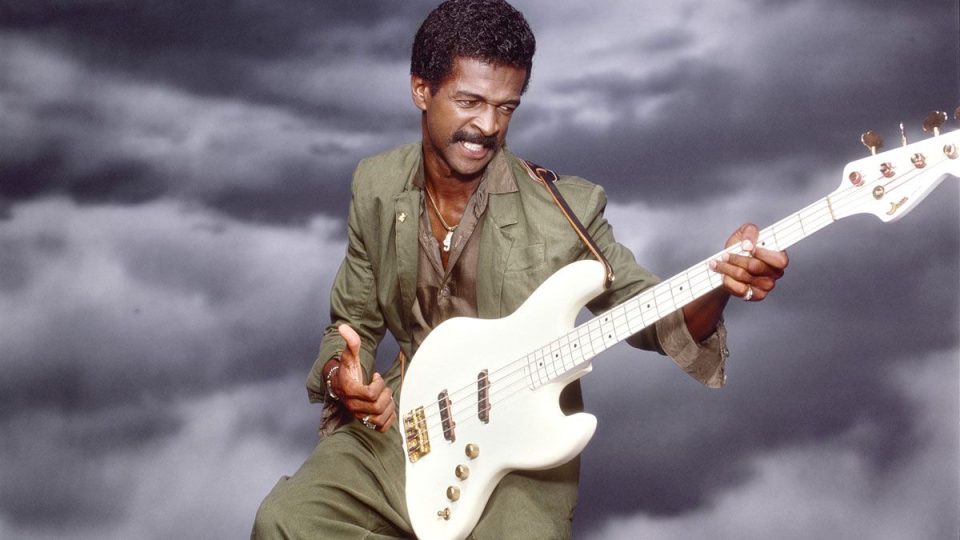How to Play Better R&B and Hip-Hop Basslines
Hip Hop, RnB and Neo-Soul are all about a strong rhythm section with a heavy emphasis on groove. We have talked at length about the roll drums have but what about that other crucial driver of the rhythm section – Bass. It’s the thing you feel in the club and that underpins all of the melodic intent. With a little help from talented producer Ron Got The Recipe, we are gonna break down the bassline basics with 3 examples…
Add Keys/Melodic Content
Begin by establishing a melodic framework. This could be a rich chord progression, as demonstrated in Ron’s tutorial, an arpeggiated synth sequence, or even a sampled loop. This melodic content will serve as a guide for your bassline, so it’s crucial to identify its key and scale. Understanding these will aid in harmonizing your bassline effectively. If you’re uncertain about the key or scale, consider utilizing key detection software to assist you.
Select Bass Sound:

Next, it’s time to select your bass sound. This will be influenced by the style and mood of your track. Here are several bass types, each imparting a unique character:
- Electric Bass: The most common choice for organic styles like rock, pop, soul, blues, reggae, and country.
- Upright or Double Bass: A staple in jazz, as well as rock and roll and rockabilly.
- Synth Bass: Cuts through the mix with an aggressive, full sound, adding weight and attitude. A go-to for urban genres like G-Funk and trap.
- Sub Bass: A deep, low-frequency bass that enhances the low end without clashing with mid and high-range melodies.
- Organ Bass: Created using an organ’s bass pedals, this offers a unique and original sound, particularly suited for jazzy compositions.
Type 1: Basic Bass Line
For the initial bassline approach, align closely with the melody by following the chords or melodic phrases. Identify the root note of each chord or phrase and use it as your bass note. Depending on your desired style, you can opt for sustained or staccato (shortened) bass notes. Generally, this basic style resonates best when bass notes coincide with kick and snare drum hits. Mastering this basic technique is essential, as it lays the groundwork for the more intricate bassline styles we will cover next.
Type 2: Intermediate ‘Octave’ Bass Line
Once you’re comfortable with the basic bassline, enhance it by incorporating octave variations. Play the bass note one octave higher at points where it feels natural. It’s not necessary to do this for every note; introducing slight variations in octave placement adds a natural and engaging feel to the bassline. These octave notes often sound most effective when placed on kick or snare hits.
Type 3: Advanced ‘Flamboyant’ Bass Line
Finally, its time to move beyond the root keys with some extra melodic flair. This is done by adding melodic embellishments between the low and high registers. Understanding the scale of your song is beneficial, as it reveals all the usable notes within the octave. Building upon the previous two styles, introduce additional notes that complement the established framework. There’s no strict formula for these embellishments; they should fit naturally within the context of the intermediate octave bassline. This process involves intuition and experimentation. In his demonstration, Ron Got The Recipe makes it appear effortless, but In reality, its going to take some time to find those tasty extra flamboyant notes. Looping short sections and improvising can help you uncover winning variations. Once you find something that resonates, record it immediately. Before long, you’ll craft a bassline that exudes groove and character.
To see these tips in action, check out this fantastic video from Ron Got The Recipe.
Bonus Bass Tips
Now you have this handy cheatcode for playing Hip Hop and R&B style basslines let’s look at some additional tips to help your bass line game flourish.
1. Shift Your Bassline Up an Octave
If your bassline is heavily focused on sub-frequencies, it can sometimes be difficult to hear whether the notes are in key with the main musical elements. A simple trick is to temporarily pitch the bassline up an octave or two. This makes it easier to detect any off-key notes. Once you’re happy with the bass line, drop it back down to its original register.
2. Loosen Up the Timing
For a natural, funky groove, avoid rigid quantization. Bass notes typically sit best when they land slightly after the transient of a competing drum hit—especially the kick. Try recording your bassline live without snapping it to a strict grid. The slight variations in timing will help keep the feel organic and dynamic.
3. Use Harmonics for Tonal Balance
Sometimes the range of the bass can seem a little too low or high when accompanying the musical element. This is where you can layer in a harmonic to the entire bass sound to give it a tonal balance or just apply it to certain notes.
4. Adjust the Song’s Key for Optimal Bass Range
If your bassline feels too low and lacks definition or sits too high and lacks weight, consider shifting the key of the song. Adjusting the pitch of the melodic elements can help you find a range where the bass sits comfortably without losing its impact.
5. Layer Synth Notes for Extra Depth
Try adding complimentary synth notes to the main accenting bass notes. i.e those notes played in the basic or intermediate bass types. Distorted or growling synth sounds can be particularly effective in adding grit and attitude, making the bassline more aggressive and expressive.
By incorporating these techniques, you’ll have even greater control over your basslines, ensuring they groove effortlessly while standing out in the mix.
